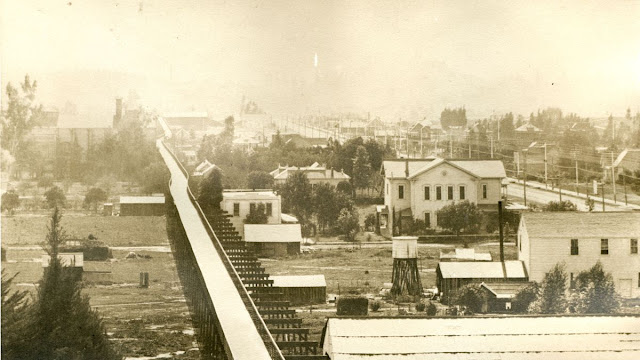Railroad University: Abandoned Spur Lines Near Colleges

Spur tracks serving industrial outfits used to be much more numerous than they are now, before competition from the trucking industry made many of them unprofitable. Many colleges and universities in the early 20th century were directly or indirectly served by railroad spurs, some built specifically for the college, others built to serve nearby industries. Notre Dame & Western Railroad #5352, serving Notre Dame University. Image: Dick Leonhardt With that in mind, today's blog will be on these railroads and spurs that served universities. #1.) & #2.) Notre Dame & Western Railroad and St. Mary's Railroad - South Bend, IN I was notified of these sister lines by Tom Burke, who noticed their earlier omission on my abandoned railroads map. Image: Notre Dame University Archives What makes these lines unique is that they actually were separate entities in the railroad world, the Notre Dame & Western Railroad began service in 1902, splitting off from the





